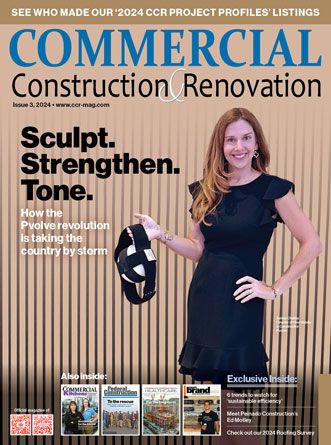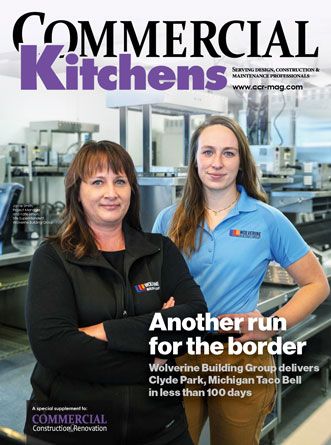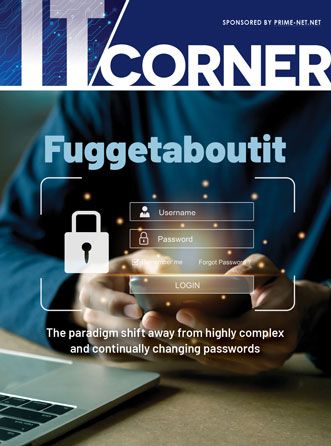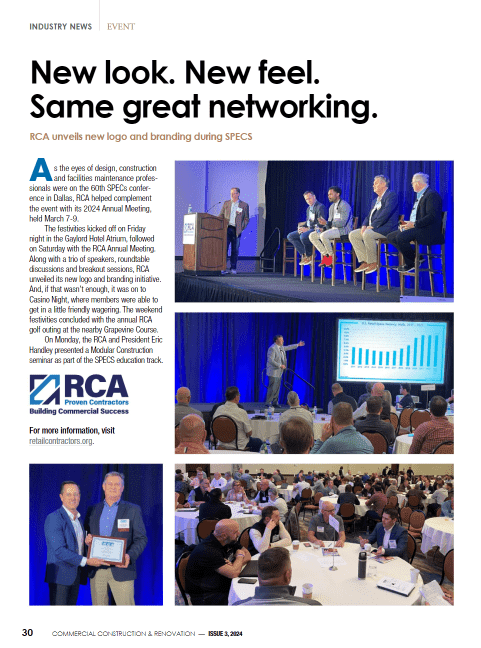A mold assessment is conducted to determine if there is a mold problem in an indoor environment and to find the source of the problem. The evaluation includes a visual inspection, testing the air and surfaces for mold, and collecting samples for laboratory analysis. While mold is not a problem that will remain hidden for long, there can be instances where you do not know of the problem until it’s too late.
There is a high chance that you won’t discover a mold overgrowth in your attic or your basement if you do not use either of these rooms. Over time, the mold worsens in other regions of your house, and you start seeing the visual effects of mold overgrowth. A mold assessment is essential to prevent all this.
But how do you assess an indoor environment for mold? Do you comb through every room in the house, searching every nook and cranny for mold? While that could be one of the ways to get things done, there are a few scientific tools to help you recognize mold in an internal environment.
Sampling: One of the techniques to check for mold in your household is sampling. As its name suggests, sampling means taking a small sample of the area in question and analyzing it in the laboratory. The three main types of samples are:
- Air samples
- Surface samples
- Bulk and Dust sampling
Air samples are taken using a device called an Air-O-Cell sampler which collects mold spores on a slide. These slides are then sent to a laboratory for analysis. The air samples help determine the type and amount of mold spores present in the indoor environment.
Similarly, Surface samples are collected by swabbing or scraping the surface of the moldy area and sending it to a laboratory for analysis. The surface samples help identify the type of mold present in the indoor environment.
Another method of sampling that has seen a rise in recent years is bulk and dust sampling. A bulk and dust sampling technique relies on collecting a small amount of dust from the indoor environment and analyzing it in the laboratory. The bulk and dust samples help determine the type and amount of mold spores present in the indoor environment.
While these techniques are often followed by professional mold remediation experts, there are a few ways that you can check for mold on your own.
Mold testing kids: One of the ways to check for mold in your household is to use a mold testing kit. Mold testing kits are available at most hardware stores and home improvement stores. The kit usually contains a swab, or a petri dish used to collect a sample of the mold. The sample is then sent to a laboratory for analysis.
Moisture meter: Another way to test for mold in your household is to use a moisture meter. A moisture meter is used to measure the moisture content of the air, surfaces, and building materials. The moisture meter will help you identify areas with high levels of moisture, which can indicate a mold problem.
Visual inspection: One of the simplest ways to check for mold in your household is to do a visual inspection. A visual inspection involves looking for mold growth on surfaces, air ducts, and other places where mold is likely to grow. While a visual inspection is not as reliable as sampling, it can help identify areas that may need further investigation.
Regardless of the technique you use for mold assessment, all molds within the United States are classified into four different levels. Remediation measures have to be taken according to the level.
Level I: A level I mold contamination is limited to a small area of 10 square feet. In case of a level, I mold contamination, it can be removed by trained building staff.
Level II: A level II mold contamination is larger than a level I and expends from 10 – 30 square feet. Similar to a level I mold, a level II mold can be removed by trained building staff.
Level III: A level III mold contamination is large and widespread. These range from 30- 100 square feet. Unlike level I and level II contamination levels, a level II contamination level may be worked on only by trained professionals with expertise in microbial surveys or mold cleanup. They must also be trained on how to handle hazardous materials and equipped with respiratory protection, gloves, and eye protection.
Level IV: A level IV mold contamination is severe and pervasive. Mold contamination of more than 100 square feet falls under level IV contamination. Removal of a level IV contaminated building requires trained professionals.
Once you have assessed the indoor environment for mold and identified the contaminated areas, you can start the process of cleaning up the mold. Mold cleanup involves removing all affected materials, cleaning all surfaces, and disinfecting the area.
Cleaning up mold can be a daunting task, but it is important to remember that mold is a health hazard. If you suspect that you have a mold problem, it is important to take action as soon as possible. Do not try to remove mold on your own. If you spot mold problems, contact a professional remediation company like Connecticut Mold Remediation. They have the right tools and knowledge to help you get rid of mold for good.






 The 2024 virtual Men’s Round Table will be held Q4, 2024, date TBD.
The 2024 virtual Men’s Round Table will be held Q4, 2024, date TBD.











